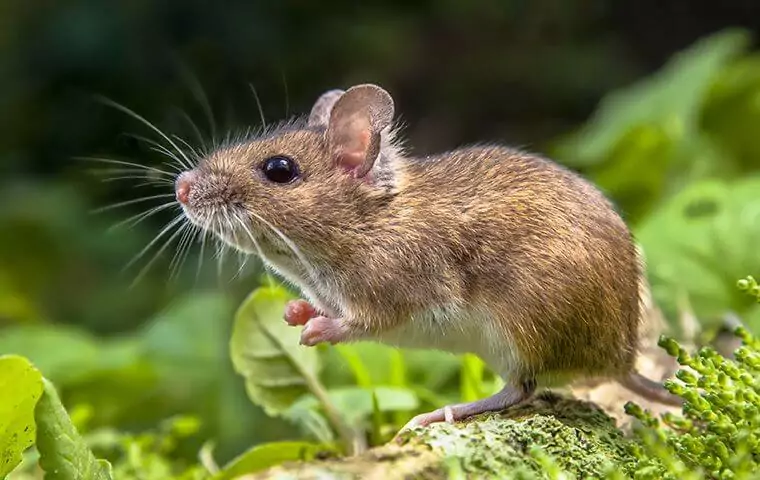Preventing Mouse Infestation Checklist: A Guide to a Rodent-Free Home
Share
Are you tired of dealing with unwanted guests in the form of pesky rodents? A mouse infestation can turn a peaceful home into a chaotic environment. Fortunately, by following a comprehensive preventing mouse infestation checklist, you can protect your home from these unwelcome intruders. In this article, we will walk you through the essential steps to keep your home mouse-free and maintain a healthy living space.

Understanding the Threat of Mice
Mice might seem like harmless creatures, but they pose a significant risk to your home and health. These small rodents are known for their ability to squeeze through tiny openings, making them challenging to keep out. Once inside, they can cause extensive damage by chewing through wires, insulation, and even walls. Additionally, mice are carriers of diseases such as hantavirus and salmonella, which can pose serious health risks to your family.
Why You Need a Preventing Mouse Infestation Checklist
Preventing a mouse infestation requires vigilance and a strategic approach. A well-structured checklist serves as a roadmap to ensure that no stone is left unturned in your efforts to keep mice at bay. By following a checklist, you can systematically identify potential entry points, eliminate attractants, and implement preventive measures. Let's dive into the steps of an effective preventing mouse infestation checklist.
Step 1: Seal Entry Points
The first and most crucial step in preventing a mouse infestation is to seal off any potential entry points. Mice can squeeze through openings as small as a dime, so it's essential to inspect your home thoroughly. Check for gaps around doors, windows, utility lines, and vents. Use materials such as steel wool, caulk, or metal mesh to seal these gaps effectively. For more detailed guidance on sealing techniques, check out smart detection of rodent infestations.
Step 2: Eliminate Food Sources
Mice are opportunistic feeders, and a readily available food source is a significant attractant. To deter them, ensure that all food items are stored in airtight containers. Regularly clean crumbs and spills, especially in the kitchen and dining areas. Pay attention to pet food as well, as it can be an easy target for hungry rodents. For more tips on keeping your home mouse-free, visit natural mouse deterrent with garlic and vinegar.
Step 3: Maintain a Clean Environment
A cluttered and untidy space provides ample hiding spots for mice. Declutter your home by organizing storage areas and disposing of unused items. Regular cleaning routines, including vacuuming and sweeping, can help eliminate nesting materials. For pet owners, implementing best practices for pet-safe rodent control is essential.

Step 4: Use Natural Repellents
Natural repellents can be an effective deterrent for mice. Peppermint oil, garlic, and vinegar are known to repel rodents due to their strong scents. Soak cotton balls in peppermint oil and place them in areas prone to mouse activity. Additionally, consider using a humane repellent that has proven successful in keeping mice away.
Creating a Mouse-Free Zone
Implementing these steps diligently can significantly reduce the risk of a mouse infestation. Remember, consistency is key. Regularly inspect your home for new entry points, maintain cleanliness, and refresh natural repellents as needed. By staying proactive, you can create an environment that is inhospitable to mice.
FAQs
1. How do I know if I have a mouse infestation?
Signs of a mouse infestation include droppings, gnaw marks, nesting materials, and strange noises, especially at night. If you notice any of these signs, it's essential to take immediate action.
2. Can mice cause structural damage to my home?
Yes, mice can cause significant structural damage by gnawing on wires, insulation, and wooden structures. This can result in costly repairs and pose safety hazards such as electrical fires.
3. Are there any health risks associated with mice?
Mice are carriers of various diseases, including hantavirus, salmonella, and leptospirosis. These diseases can be transmitted to humans through contact with mouse droppings, urine, or contaminated surfaces.
By following the preventing mouse infestation checklist outlined in this article, you can protect your home and loved ones from the nuisance and health risks associated with mice. For more information on natural deterrents and kid-safe solutions, visit kid-safe mouse repellent ideas.
